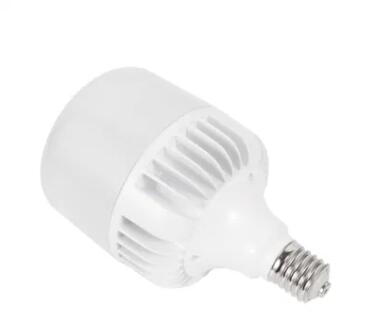Illuminating Efficiency: Unveiling the Key Advantages of LED Bulb Lights in Energy Savings
2023-11-28
Introduction:
In the dynamic landscape of lighting technologies, LED (Light Emitting Diode) bulbs have risen to prominence as champions of energy efficiency. These innovative bulbs have revolutionized the way we illuminate our homes and spaces, offering a plethora of advantages that contribute to substantial energy savings. In this blog, we'll delve into the key advantages of using LED bulb lights, shedding light on how they outshine traditional lighting technologies in the realm of energy conservation.
1. Lumens per Watt Efficiency:
- LED bulbs are renowned for their exceptional lumens per watt efficiency. They produce more visible light using less electrical power, translating into a higher efficacy compared to traditional incandescent and fluorescent bulbs.
2. Low Energy Consumption:
- The hallmark of LED technology lies in its ability to achieve remarkable brightness with minimal energy consumption. LED bulbs consume significantly less electricity than incandescent, halogen, and CFL (Compact Fluorescent Lamp) counterparts, resulting in substantial energy savings.
3. Reduced Heat Generation:
- Traditional bulbs, especially incandescents, dissipate a significant portion of energy as heat. In contrast, LED bulbs generate minimal heat during operation. This not only contributes to a safer lighting environment but also ensures that the majority of electrical energy is converted into light, enhancing energy efficiency.
4. Long Lifespan:
- LED bulbs boast an impressively long lifespan compared to traditional lighting sources. With a lifespan measured in tens of thousands of hours, LEDs reduce the frequency of replacements, ultimately conserving energy and minimizing the environmental impact associated with manufacturing and disposal.
5. Instantaneous Illumination:
- Unlike some traditional bulbs that may take a moment to reach full brightness, LED bulbs illuminate instantly. This characteristic is not only convenient but also contributes to energy savings in scenarios where immediate lighting is essential.
6. Directional Lighting:
- LEDs emit light in a specific direction, reducing the need for reflectors or diffusers to direct light where it's needed. This targeted illumination enhances efficiency by minimizing light dispersion and wastage.
7. Dimmability:
- Many LED bulbs are dimmable, allowing users to adjust the brightness according to their needs. Dimming not only provides customizable lighting environments but also contributes to energy savings when full brightness is not required.
8. Compatibility with Energy-Saving Controls:
- LED technology seamlessly integrates with energy-saving controls such as sensors and smart lighting systems. This compatibility allows for precise control over lighting usage, ensuring that lights are active only when needed, further optimizing energy consumption.
The key advantages of using LED bulb lights in terms of energy savings paint a compelling picture of a brighter and more sustainable future. As we navigate an era where energy efficiency is paramount, LED technology stands as a shining example of how innovation in lighting can contribute not only to reduced energy consumption but also to financial savings and environmental stewardship. The switch to LED bulbs is not just a change in lighting; it's a transformative step towards a more efficient, cost-effective, and environmentally conscious approach to illumination.



